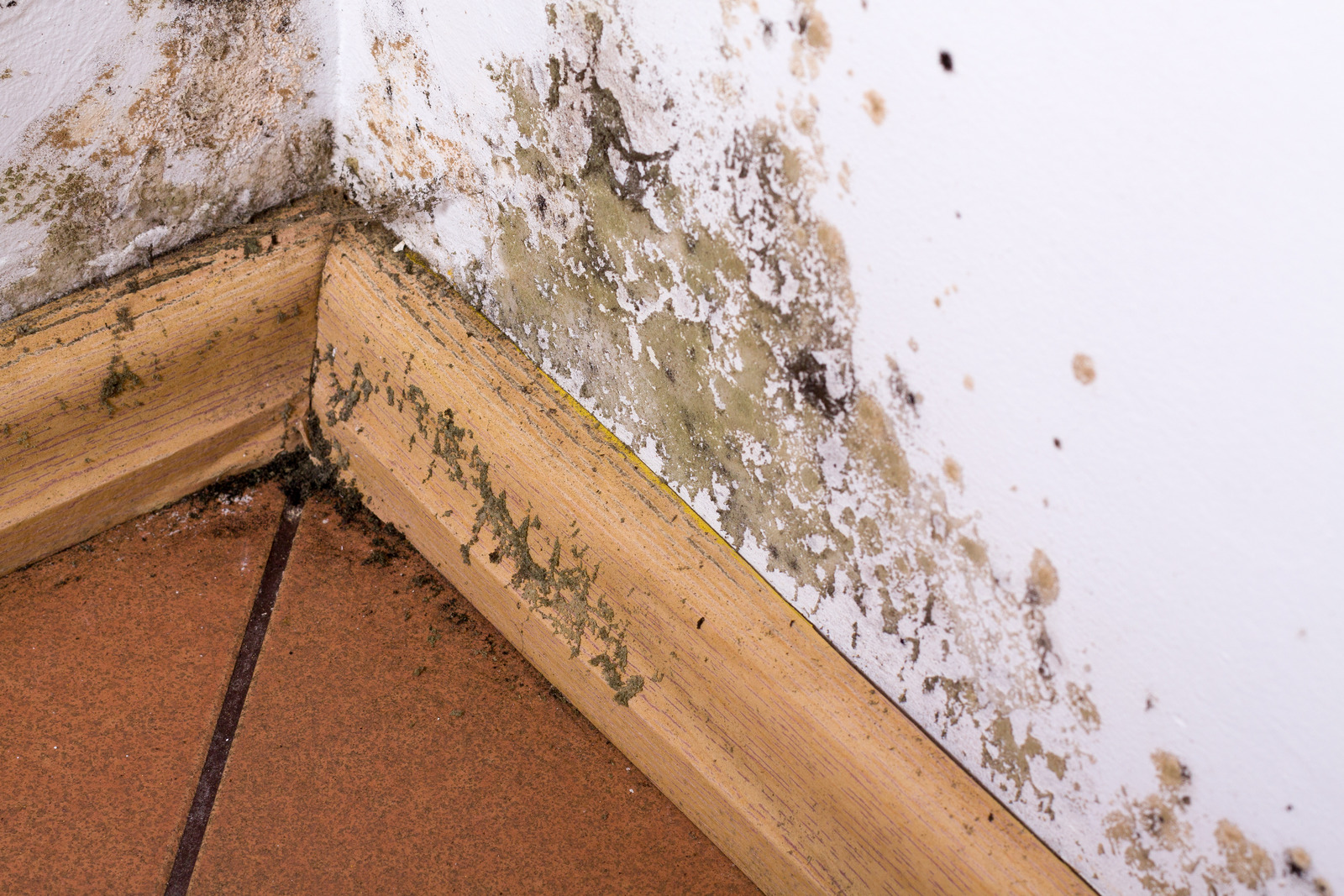
Mold, a ubiquitous presence in our environment, has been the subject of increasing attention due to its potential impacts on health and property. Although some molds are used beneficially in food processing, like in cheese production and beer brewing, others can pose serious threats. Whether you're a homeowner, a renter, or just someone interested in the environment, understanding mold is crucial. Here are the top five things you need to know.
Mold is a type of fungus that grows from tiny spores. These spores are everywhere, both indoors and outdoors, and they thrive in warm, damp, and humid conditions. Once these spores land on a moist spot, they begin to grow and digest whatever they're growing on in order to survive. This could be your walls, floors, carpets, clothes, or even food.
The health effects of mold vary greatly depending on the individual:
Allergies: The most common health issue is allergies. Symptoms include sneezing, runny or stuffy nose, itchy eyes, throat, or skin, and watery eyes.
Asthma: Mold can exacerbate asthma symptoms or even trigger asthma attacks in people who are asthmatic.
Toxic Mold Syndrome: Certain molds, like black mold (Stachybotrys chartarum), produce mycotoxins that can cause more severe health effects, although the concept of "toxic mold" is a subject of debate among experts.
To prevent mold growth, it's essential to control moisture in your environment:
Ventilate: Ensure areas like bathrooms, laundry rooms, and kitchens are well ventilated.
Fix Leaks: Address any leaks in roofs, walls, or pipes promptly.
Humidity Control: Use dehumidifiers and air conditioners to keep indoor humidity levels below 60%.
If you discover mold:
Small Areas: You can handle small mold patches (less than about 10 square feet) by scrubbing the area with detergent and water.
Large Areas: Larger infestations typically require professional mold remediation. This involves sealing off the area, removing contaminated materials, and treating the area to prevent future growth.
Avoid Bleach: Contrary to popular belief, bleach isn’t the best substance for mold removal. It might kill mold on surfaces, but it doesn't prevent the mold from returning.
It’s important to recognize that not all molds are harmful. Here are some common ones:
Alternaria: Found in damp places indoors, like under leaky sinks or in showers. It’s also common outdoors.
Penicillium: Often found on materials that have been damaged by water and known for its blue and green colored appearance.
Aspergillus: Can be found indoors on dust, powdery food items, and building materials.
Cladosporium: This mold type can grow in cool areas, unlike most molds which love warmth. It's often found on fabrics and wood surfaces.
Stachybotrys chartarum: Known as black mold, it's the one most commonly associated with health problems.
In Conclusion
Being informed about mold is the first step in ensuring that our living and working environments are safe. By understanding its nature, effects, prevention, and removal, we can coexist with mold without letting it negatively affect our lives.